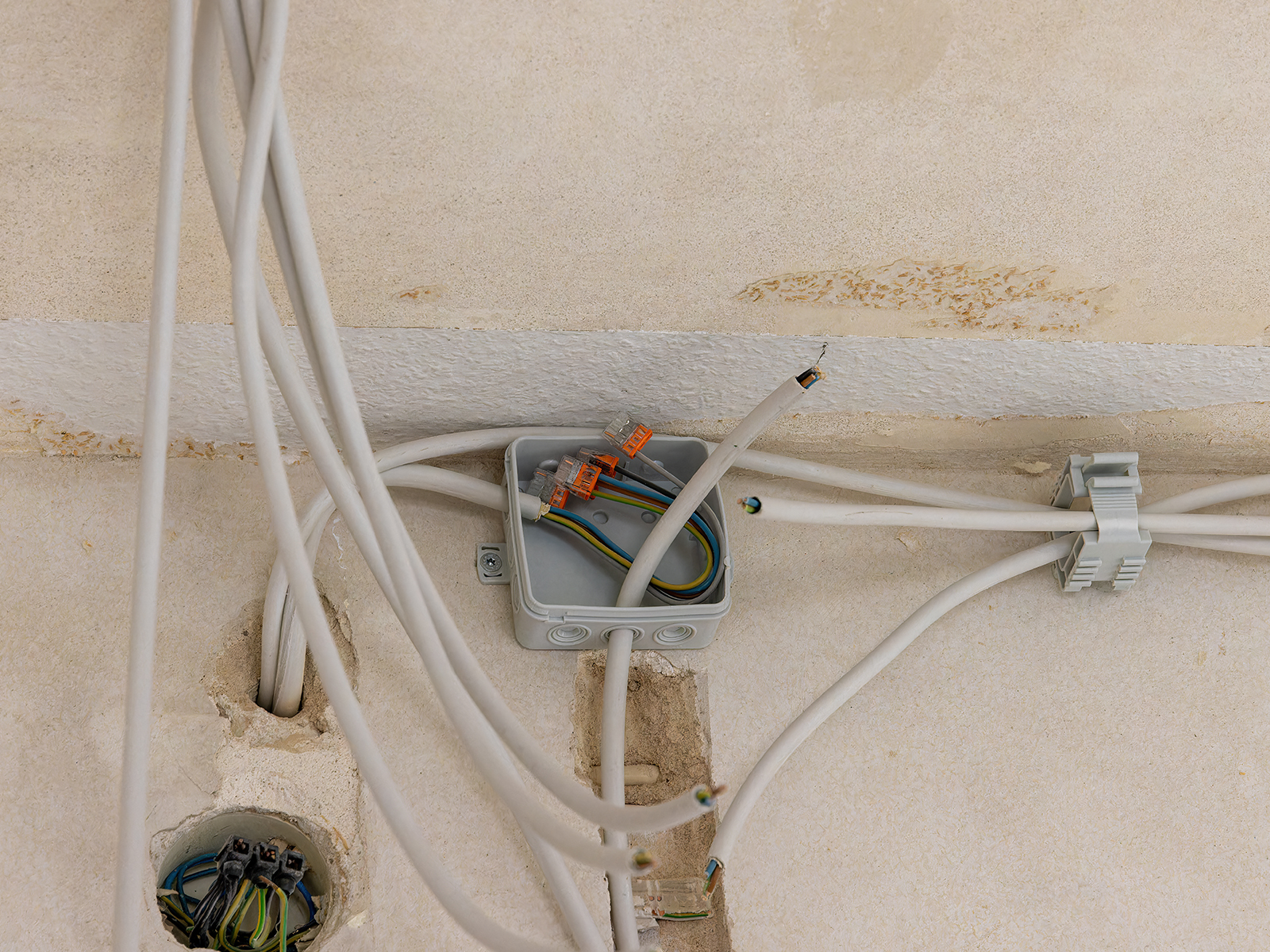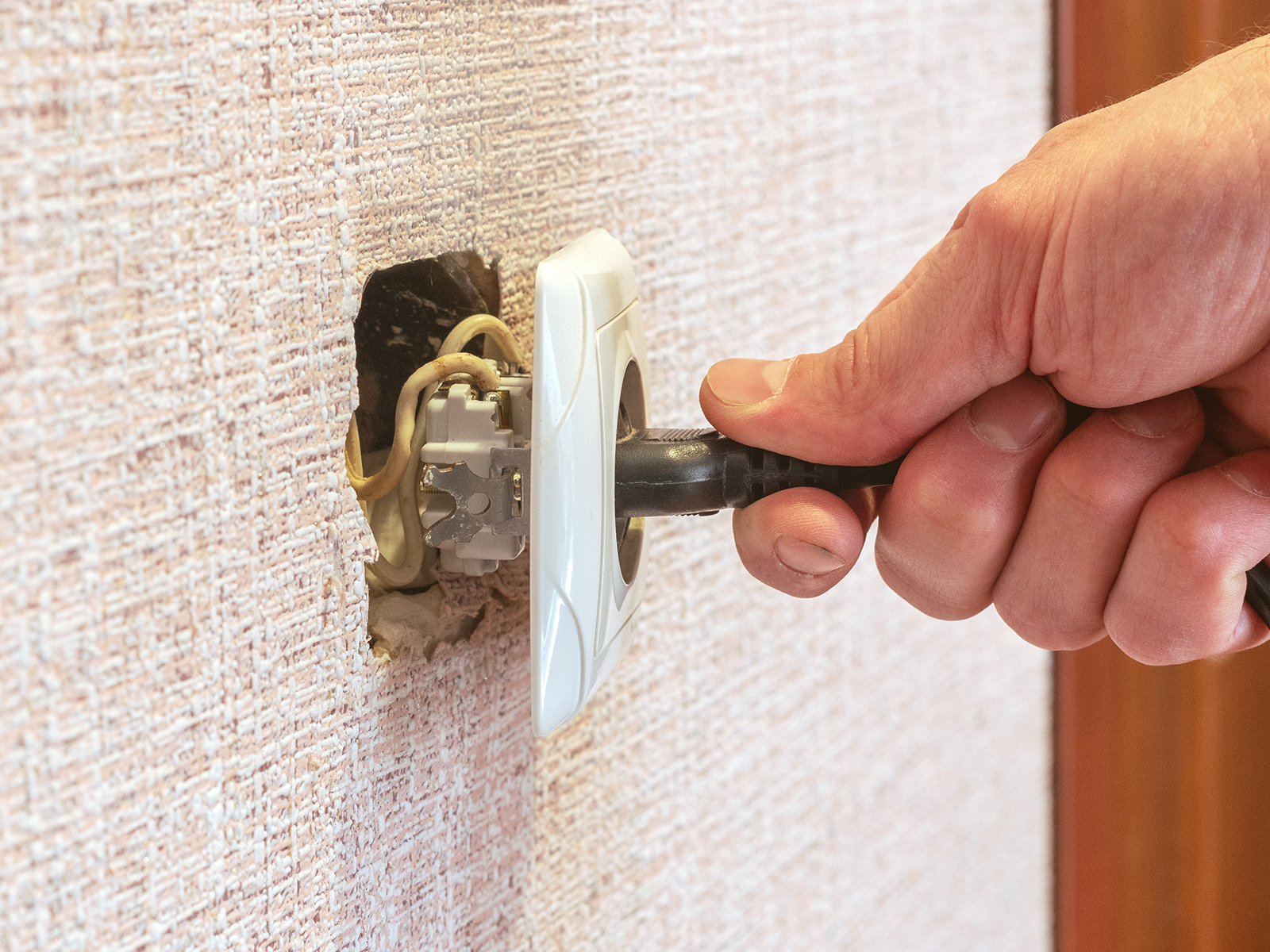Outdated Electrical Wiring:
Is Your House at Risk?
If you live in an older home, chances are the electrical systems have been outpaced by modern technology and can pose serious risks. Replacing outdated wiring is crucial to mitigate these risks, as it can prevent safety hazards, performance issues, and financial impacts. Outdated electrical wiring can pose serious risks, from power inefficiencies to fire hazards—and identifying the warning signs is the first step to keeping your home and family safe. Use this guide from Lywood to decide if the wiring in your home is outdated and get in touch with our team if you need an inspection!
Why Is Outdated Wiring Dangerous?
Old house wiring types, such as knob-and-tube or aluminum wiring, were never designed to handle today’s high-power appliances, smart home devices, or charging stations. These older systems can overheat, cause frequent breaker trips, or even start electrical fires, posing significant electrical hazards such as fire and electrocution.
The risk increases if the insulation is deteriorating or if DIY fixes have been added over the years. That’s why outdated electrical wiring is more than just an inconvenience—it’s a safety issue. It is crucial to hire a licensed electrician for regular inspections and necessary upgrades to ensure compliance with local codes and to mitigate these safety hazards.


